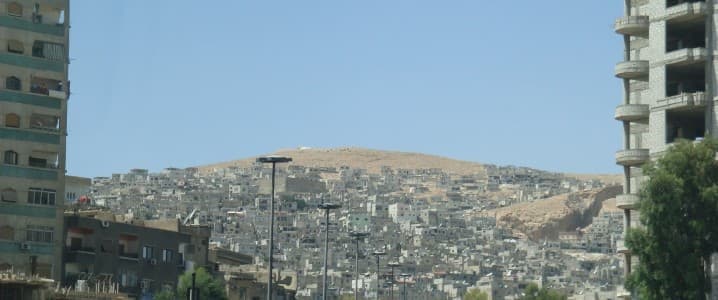Until the orchestrated removal of Syrian President Bashar al-Assad in December, the Shia Crescent of Power, with Iran at its ideological center, wielded significant influence over the Middle East’s political, economic, and security landscapes. This alliance included strategic assets in Iraq, Syria, Lebanon, and Yemen, with emerging ties in Azerbaijan, Turkey, Bahrain, and Pakistan. Just over a week ago, Syria’s largest oil refinery, Banias, resumed fuel shipments, signaling a potential new era for the region.
This development follows a broader geopolitical shift as the influence of Iran and its Shia Crescent appears to wane. However, the underlying dynamics suggest a more complex picture. While Iran played a pivotal role, the long-term power players in the region have been China and Russia, leveraging the Crescent for strategic gains.
China and Russia’s Strategic Interests
China and Russia viewed the Iran-led alliance as pivotal for several reasons. First, it served as a counterbalance to U.S. influence in the region. Second, it provided direct transport routes into Europe, which could be utilized strategically. Third, the Crescent’s members possessed substantial oil and gas reserves, which could be exploited under favorable cooperation agreements.
A prime example of these dynamics is the ‘Iran-China 25-Year Comprehensive Cooperation Agreement.’ Announced in 2019, this agreement included projects like electrifying the railway connecting Tehran to Mashhad, part of the broader New Silk Road initiative linking China to Europe.
“The Mashhad-Tehran high-speed train link would be a key part of the 2,300-kilometre New Silk Road that links Urumqi, the capital of China’s western Xinjiang Province, to Tehran.”
The Power Grid and Military Presence
Integral to the geopolitical strategy was the development of a pan-Shia Crescent/Middle Eastern power grid, sponsored by China and Russia, with Iran at its core. This grid, based on oil, gas, and electricity supplies, facilitated the installation of permanent infrastructure and the presence of technical and security personnel from Iran, China, and Russia.
In 2020, Iran’s Energy Minister Reza Ardakanian announced the synchronization of Iran and Iraq’s power grids, a move that exemplified the strategic integration across the Crescent. Meanwhile, Iraq worked on connecting its grid with Jordan and Egypt, aiming to establish a joint Arab electricity market.
Syria: The Focal Point of Ambitions
Syria, however, has been the focal point of China and Russia’s ambitions. Before the conflict, Syria produced around 400,000 barrels per day of crude oil and had significant gas reserves. Russia’s involvement in Syria’s oil and gas sectors allowed it to establish a military and intelligence foothold, including a naval base in Tartus and an air force base in Khmeimim.
Just before Assad’s removal, Iran, Russia, and China were finalizing plans for a ‘Land Bridge’ from Tehran to Syria’s Mediterranean coast, aimed at enhancing military logistics and weapons delivery to southern Lebanon and the Golan Heights.
“This would run from Tehran to Syria’s Mediterranean Sea coastline and crucially was aimed at exponentially increasing the scale and scope of weapons delivery into southern Lebanon and the Golan Heights area of Syria.”
Geopolitical Implications and Future Prospects
The recent changes in Syria represent a critical phase in the region’s geopolitical landscape. Despite the removal of Assad, China and Russia’s stakes in Syria remain high. Russia’s Deputy Foreign Minister Mikhail Bogdanov’s visit to Damascus underscores Moscow’s ongoing interest in Syria’s future.
According to a senior EU security source, “Russia is quietly laying the groundwork for an eventual re-emergence in Syria’s oil and gas sector, and China is not going to abandon its BRI-related plans involving Syria or the Shia Crescent either.”
As the geopolitical game unfolds, the future of Syria and the Shia Crescent will likely be shaped by the strategic maneuvers of China and Russia, as they await shifts in U.S. policy or leadership. The implications for the Middle East and beyond are profound, with the potential to redefine alliances and power dynamics in the region.
